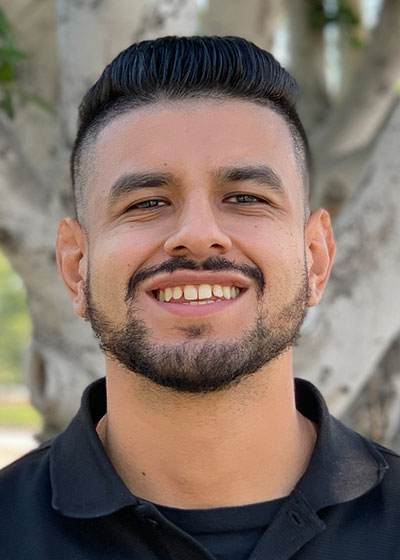The COVID-19 pandemic has reshaped how businesses operate across the corporate sector. Organizational culture, recruitment practices, and employee benefits are just a few of the areas significantly impacted by today’s new standard of precautions.
Employers are now focused on managing expenses and limiting major changes to coverage, while employees have shown heightened interest in their health benefits—even when personal finances are tight.
Here are some key trends we can expect for employee benefits in 2021:
Moderate Increase in Health Benefits Costs
A survey conducted by Mercer, a leading HR consultancy, found that employers can expect health plan costs to rise about 4.4% compared to the previous year.
Only 18% of employers surveyed said they planned to shift more healthcare costs to employees, such as through higher deductibles or copays. In fact, a majority (57%) pledged to make no cost-cutting changes to their medical plans in 2021, up from 47% last year and 44% the year before.
“Given all the turmoil employees have been through this year, employers are putting big changes on hold, looking to balance economics with empathy,” said Tracy Watts, a senior consultant with Mercer.
Addressing the Growing Need for Mental Health Support
Even before the pandemic, behavioral health challenges such as stress, anxiety, and depression were widespread and contributed to lower productivity, absenteeism, and rising healthcare costs. COVID-19 has amplified these issues and increased the demand for support.
Mental health is now a top priority for employers. According to U.S. News, expanding access to mental health services is the second most common initiative for 2021, with 43% of employers adding new benefits or programs to support employees working from home.
COVID-19 Vaccination
With widespread interest in vaccines to end the pandemic, nearly all insurance agencies and employee health plans are expected to cover vaccination costs. Employers should review their insurance and healthcare plans to confirm how vaccination expenses are handled and ensure they are protected from unexpected costs.
The Shift to Working Remotely
A Gartner survey of 317 CFOs and finance leaders found that 74% of companies plan to shift at least 5% of their previously on-site workforce to permanent remote positions after COVID-19. Nearly a quarter of respondents expect 20% or more of their workforce to remain remote long term.
Several major companies—including Twitter and Square—have already announced that employees can work from home indefinitely. Even Walmart has revealed plans to allow thousands of its tech employees to remain remote.
The pandemic has proven that work can successfully be done from home, reshaping how and where work will take place for years to come.
Virtual Care
Virtual care, originally designed as a low-cost alternative to expensive emergency room visits, became a necessity during the pandemic. As shutdowns limited in-person appointments, consultations shifted to phone and video. Employees largely welcomed the convenience and cost savings, and employers expect virtual care to remain a major part of healthcare delivery going forward.
Employers today are focused in taking the necessary precautions to ensure their business’s survival and that the employees are safe while continuing to operate. Despite the challenges, employers must also consider how to provide appropriate employee benefits. These benefits will, in turn, set the tone of employer-employee relationship as well as contribute to the business’ brand for years to come.





